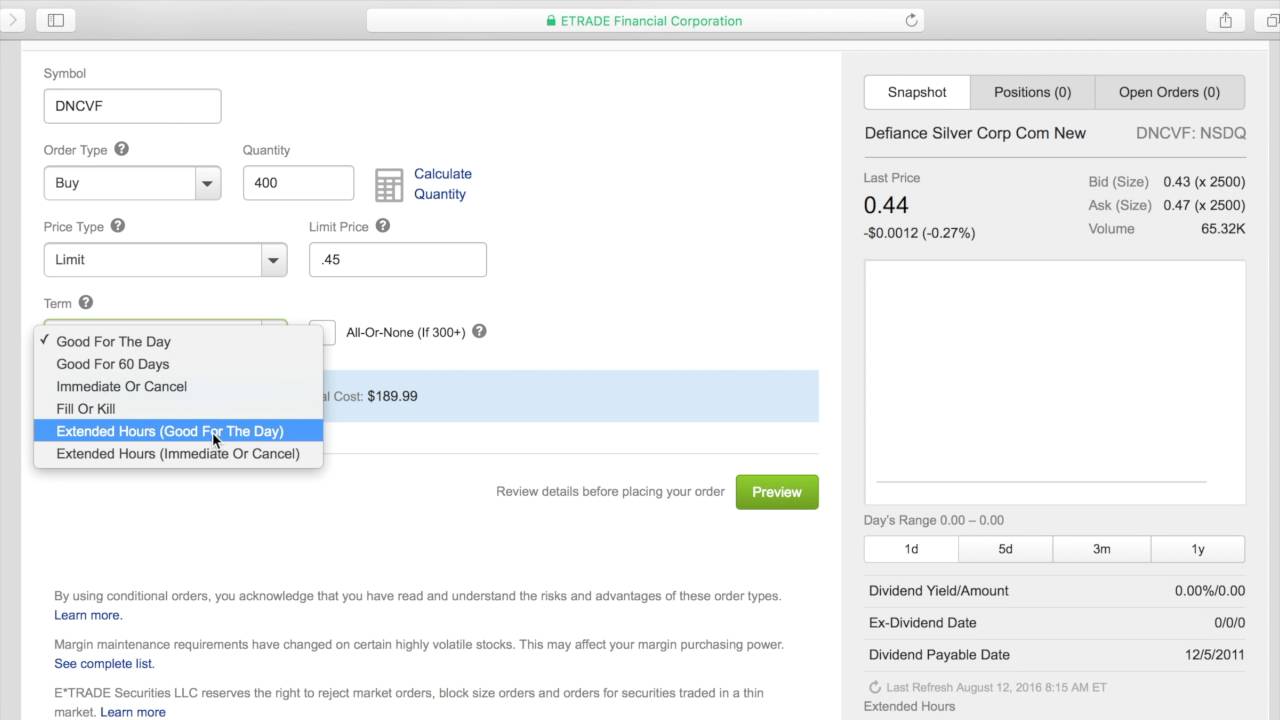Home>Finance>Inside Days: Definition, Trading Strategy, Examples, Vs. Outside


Finance
Inside Days: Definition, Trading Strategy, Examples, Vs. Outside
Published: December 9, 2023
Learn what inside days are in finance, how to use them in your trading strategy, and see examples of inside days compared to outside days.
(Many of the links in this article redirect to a specific reviewed product. Your purchase of these products through affiliate links helps to generate commission for LiveWell, at no extra cost. Learn more)
Inside Days: Definition, Trading Strategy, Examples, Vs. Outside
Welcome to our Finance blog category, where we explore various topics related to managing money, investing, and trading. In this post, we will dive into the concept of inside days in trading, a popular technical analysis pattern used by traders to identify potential market reversals. So, what are inside days, and how can you use them to improve your trading strategies? Let’s find out!
Key Takeaways:
- Inside days are candlestick patterns that occur when the trading range falls within the bounds of the previous day’s trading range.
- Traders often use inside days to identify periods of consolidation and potential trend reversals.
Defining Inside Days
Inside days belong to the family of candlestick patterns and occur when the high and low of a given trading day fall within the boundaries of the high and low of the previous day. In other words, the entire trading range of the inside day is encapsulated by the range of the prior day. Visually, this pattern appears as a smaller candlestick inside a larger candlestick.
Inside days typically indicate a period of consolidation or indecision in the market. They represent a temporary pause in the prevailing trend, where buyers and sellers are in equilibrium. Traders often interpret inside days as a potential reversal signal, as they suggest a possible shift in market sentiment.
The Inside Day Trading Strategy
The inside day trading strategy is a popular approach used by traders to take advantage of potential trend reversals. Here are the steps involved in implementing this strategy:
- Identify an inside day pattern on a price chart.
- Wait for a breakout to occur, either above the high or below the low of the inside day.
- If the breakout is to the upside, consider initiating a long position. If the breakout is to the downside, consider initiating a short position.
- Set stop-loss orders to mitigate risk in case the breakout turns out to be a false signal.
- Monitor the trade and consider setting profit targets or trailing stops to capture potential gains.
Inside Days vs. Outside Days
Now that we understand inside days, it’s important to distinguish them from outside days. While inside days occur when the trading range falls within the range of the previous day, outside days are the opposite. Outside days happen when the trading range exceeds the high or low of the prior day, indicating a significant shift in market sentiment.
Inside days usually denote consolidation and potential reversals, whereas outside days indicate strong momentum and continuation of the prevailing trend. Understanding these patterns can help traders make more informed decisions in various market conditions.
Now that you have a good understanding of inside days, consider incorporating them into your trading strategy. Remember, proper risk management and analysis are crucial when implementing any trading strategy. Happy trading!














